In life we grow, mature, and progress intellectually, mentally, and socially, to a great degree, based on the experiences; good, bad, or ugly, that we are subjected to. We could call these experiences and life events, stresses or stressors. In pattern and likeness, our physical bodies also grow, adapt, and are molded according to the stresses and strains placed upon them.
Wolff’s Law states that body tissues grow in size, mass, density, and shape according to the stresses and strains (both directional and magnitude) habitually placed upon them. For the purposes of this article the focus will be on Wolff’s Law acting on bone tissue.
Without a lengthy discussion on bone cells, let it suffice that bone cells called osteoblasts build up bone by secreting bony matrix (everything other than the bone cells, such as collagen fibers for tensile strength, glucosamine and chondroitin sulfate molecules for fluid entrapment, and the organic mineral content calcium-phosphate salts for rigidity). Osteoclasts break down bone matrix by absorbing the mineral matrix, and osteocytes are mature bone cells fully surrounded by bony matrix.
If physical stress is placed on a bone, osteoblasts respond by producing bony matrix and the bone increases in density and strength. If the physical stress is decreased for a period of time, the bone responds by losing bony matrix, a function of the osteoclasts, leading to a decrease in bone density and strength. These physiological responses allow the bone to adapt to changing demands placed upon it.
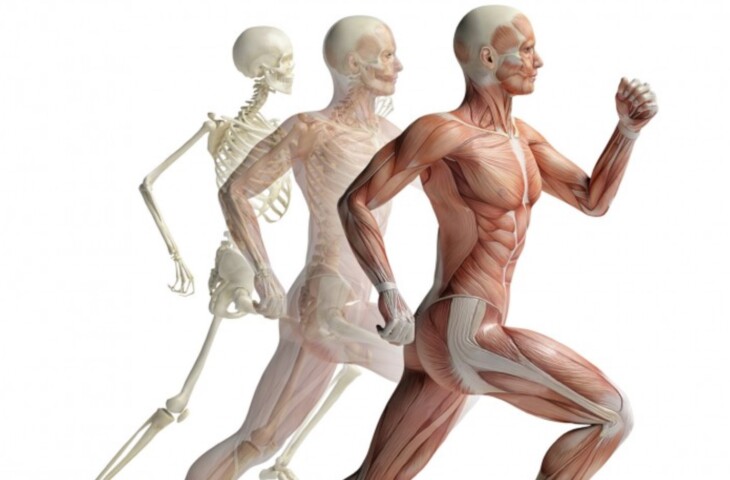
Source: News @ Northeastern
What stimulates the osteoblasts to produce bony matrix for increased bone density and strength
There are three different mechanical stimuli (physical stress) that activate the osteoblasts to secrete bony matrix (and inhibit the action of osteoclasts) by causing a slight electrical charge (called the piezoelectric effect) in the bone tissue. This electrical charge causes osteocytes to release growth factors that stimulate nearby ostepoblasts to produce matrix. One of those mechanical stimuli is impact force, such as the impact from walking, jogging, landing following a jump – plyometrics, that creates a longitudinal shock wave through the bones. Another mechanical stimulus is a pulling force being applied to a bone, such as muscles contracting when engaged in resistance or weight training and pulling on the periosteum of bones where their tendons attach. The third mechanical stimulus is a long-term torque or compressive forces being applied to the bone by body positioning.
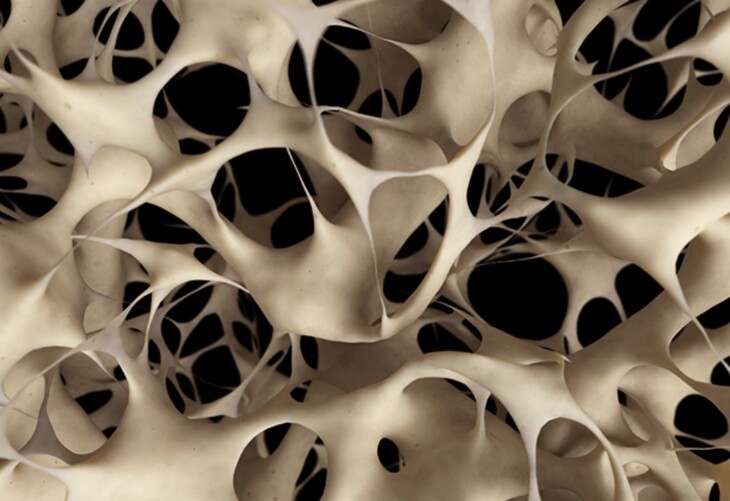
Source: Marcus Ettinger
Some positive aspects of Wolff’s Law – proper balanced mechanical stimuli forces acting on our bones
- Stronger Denser Bones and proper posture from Resistance Training: According to ProhealthcareProducts.com, When a person engages in resistance training the bones get bigger, stronger, and denser, thus better able to withstand greater stresses that are being placed on them without succumbing to fracture or injury. When performed to work all the musculature, both agonist and antagonistic muscle groups, proper posture is the end result. Further, these thicker, denser bones are also much less likely to yield to osteoporosis later in life. Interestingly, the tendons of the muscles producing this pulling force also become thicker and larger and attach to the bones via a greater surface area and therefore the tendons can also withstand a greater puling force without suffering a tendon rupture.
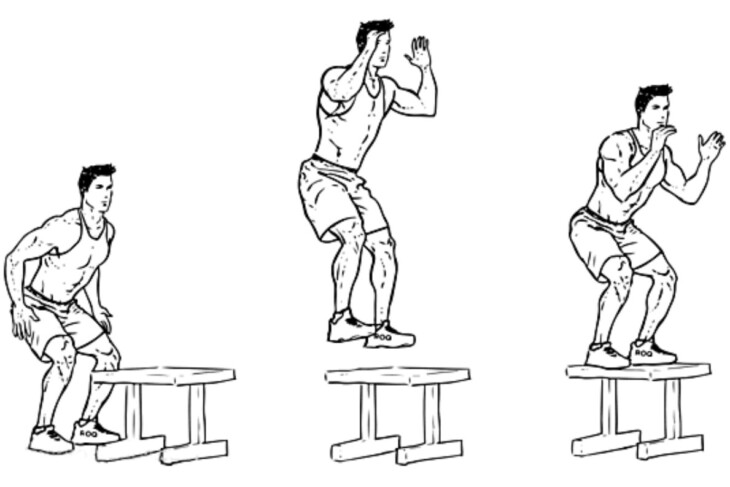
- Stronger Denser Bones from Plyometrics: Any longitudinal force applied to the long axis of a bone could technically be associated with plyometrics, or activity that would lead to increased bone density and size. However, the traditional plyometric training of jumping on to and from an elevated point and landing on the ground absorbing the force through the joint of the leg, will not only strengthen the bones of the legs (femurs, tibias, calcaneus) but will also similarly strengthen and densify the vertebrae of the spine.

Source: Bone Broke
Some negative aspects of Wolff’s Law – abnormal and imbalanced mechanical stimuli forces acting on our bones
- Torsion: Have you ever seen a child sit on the floor in what is called the “W” sit position where their legs are out to the side with their inside of their feet placed on the ground. This unique positioning of the legs places abnormal stresses on the bones, causing an inward twist force on the femur bones and an outward twist force on the tibia bones. If a child is allowed to sit in this position for extended periods of time over time, this produces a torque on the bone causing a malalignment of the normal biomechanics of the knee joint and can lead to an increased risk for Anterior Cruciate Ligament (ACL) tear.
- Scoliosis: Scoliosis is defined as lateral curvature of the spine with associated rotation of the vertebrae. Because the ribs are attached to the vertebrae by two attachment sites, if the spine vertebrae rotate, the attached ribs will have abnormal stresses placed on them. In essence, the lateral border of the ribs will have an excessive torque force applied to them causing an excessive pressure increasing the amount of bony matrix that will be laid down. Concurrently, the medial border of these ribs lose their natural stress that should be placed on them and the osteoclasts dominate and cause a loss of bony matrix. Consequently, the ribs literally deform, are bent to a greater degree, and this leads to the characteristic “rib prominence hump” seen in persons with scoliosis when they bend over in what is called the Adams Forward Test.
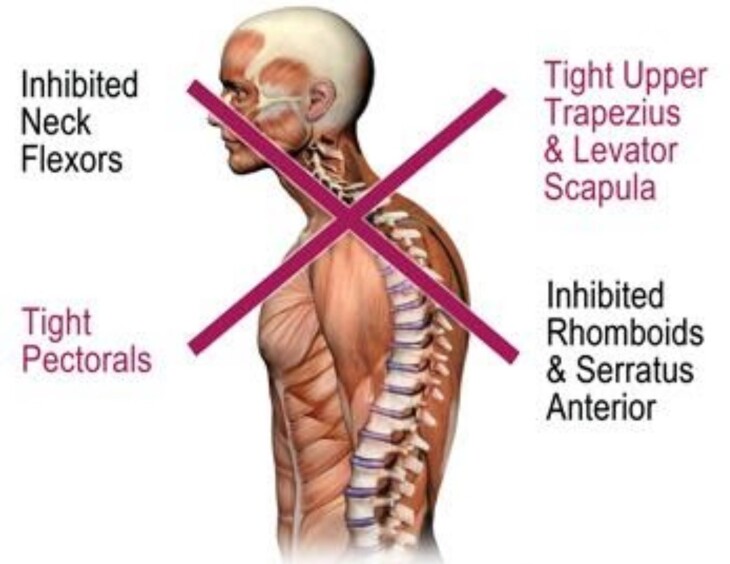
- Poor Posture: Consider the world in which we live as compared to the world of previous generations. The prevalence of technology, such as computers and cellphones, combined with the fact that we sit longer than past generations, places us in sitting and standing positions that are deviations away from those considered “good posture”. This abnormal “kyphotic” posture, known as upper crossed syndrome, with associated forward head and rounded shoulders, not only places abnormal stresses on musculature, but also the bodies of the vertebrae and can lead to a slight wedge shape deformation of the vertebral body and a permanent loss of good posture. Unfortunately, poor posture is associated with increased discomfort and pain as a person ages – not how life is to be lived.
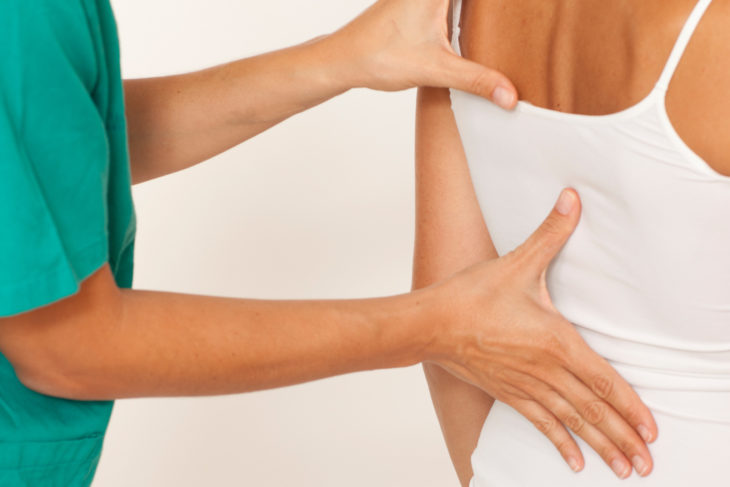
Source: moveosteopathy
In conclusion, working to achieve and maintain good musculoskeletal health is important for many reasons. Mechanical forces (gravity, body positioning, elements of resistance) are acting on our bodies every minute of every day, and Wolff’s Law is in play. The implementation of proper posture strategies as well as subjecting our bodies to appropriate (balanced) mechanical stimuli will promote strong, dense healthy bones capable of withstanding the stresses applied to them. You will enjoy a reduced risk of bone pathology, look better with a proper upright and symmetrical posture, and the mental and emotional benefits that come from knowing you look good and are doing something good for your life. May you enjoy all of them.
